At the Schermerhorn
Welcome to the Year of the Snake
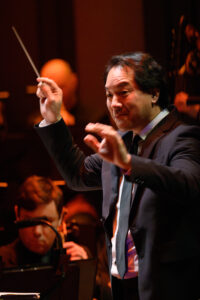
When you go to the symphony, you expect to hear high quality music both in terms of composition and performance. Nashville’s Lunar New Year: Year of the Snake certainly delivered in that aspect, but they didn’t stop there. In this show I experienced dazzling lights, interesting bits of history, comedic banter, and captivating dances. The Nashville Symphony’s performance was an incredible opportunity to become acquainted with the rich culture of music and dance surrounding the lunar year. The music selection featured predominantly Asian composers and contributions from Conductor Ming Luke and soloist Susan Yang created a truly authentic experience celebrating Asian musical traditions.
The show opened with Spring Festival Overture, an energetic piece by composer Li Huanzhi. This composition begins with a fast, string-heavy allegro section followed by a wilting, melodious cello and oboe reprieve and ends with a return to the original spirited theme. That was followed by Welcome to the New Year by Chen Gexin, a popular lunar new year song with prominent pizzicato sections that give it a light and airy feel. Third in the lineup was Ravel’s classic, “Empress of the Pagodas” from the Mother Goose Suite. This was the only piece in the program written by a composer without an Asian heritage. This whimsical piece bounces between swaying winds, grandiose brass, and booming percussion as it seeks to imitate traditional eastern instruments using classical western instruments.
At this point in the program, we were rewarded with our first performance featuring dancers from the Chinese Arts Alliance of Nashville. They performed choreography to “Flower Drum Song” from Feng Yang by Huang Ruo. This is a dynamic piece with a blaring main theme that is intertwined with melodic interludes. This was the part of the program where I first found myself really entranced. Between the changing lights, colorful dancers, and beautiful music it was easy to get swept up in the moment. As an enthusiastic fan of extended techniques the next piece, Pizzicato by Vivian Fung was also one of the highlights of the show for me. As the name suggests, this is a primarily plucked song that puts the focus on the string section. It has a quiet yet ominous feel to it and features, as previously mentioned, a number of extended playing techniques. Following this, we returned to something more traditional with Jasmine Flower by Li Wenping. This is another dynamic and melodious piece featuring traditional Chinese themes.
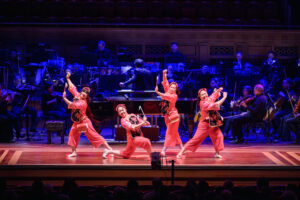
Next, we were graced by another performance from the dancers of the Chinese Arts Alliance of Nashville. The choreography to this performance was more contemporary and invoked images of tiny nymphs bursting out of a budding flower to dance and play. The dance performance was accompanied by the symphony playing “The Angel” from Formosa by Tyzen Hsiao. Like the choreography this piece is light and playful and features beautiful French horn and string passages. Following that was Song of Arirang a traditional Koreon folk song. This was perhaps one of the most moving pieces of the night. It was lively and full of emotion with a wonderfully featured trumpet section.
The highlight of the show though, was undeniably the Yellow River Concerto featuring Susan Yang on piano. The Yellow River Concerto by Xian Xinghai was one of the first pieces to gain international adoption after a period of Chinese isolationism in the arts. While Liszt or Rachmaninoff might come to mind when you think of virtuosic composers, after hearing the Yellow River Concerto you’ll be adding Xinghai to that list. Susan showed off her technical prowess through the beautiful runs featured throughout the piece.
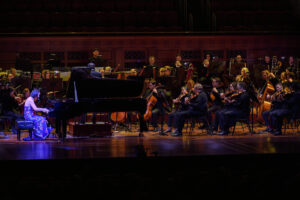
The concert then concluded with another Huang Ruo song, The Girl from the Da Ban City and The Dance of the Golden Snake by Nie Er. There’s a reason Huang Ruo pieces were included twice in this show. The Girl from the Da Ban City is another exciting composition. It features some intoxicating low brass sections and has an overall epic feel to it. With The Dance of the Golden Snake, the Nashville Symphony demonstrated that they know how to end a show with a bang. For a final time, the Chinese Arts Alliance dazzled us with their dancers, waving enormous flags and twirling flowing ribbons. All this against the backdrop of fast-paced back and forths between different sections of musicians leading to a boisterous, punctuated conclusion.
In addition to the wonderful song selections and musical performances, I must also highlight the delightful interactions between the emcee and the conductor. JR Robles (the emcee) would introduce a piece and then Ming would give us a treasure trove of background information about it. Ming also highlighted some of the history behind the traditions of the lunar new year. For example, one of my favorite stories he shared were around the mythology of the Chinese zodiac. He explained the zodiac was formed by a race in the heavens where the first 12 animals to complete the race became enshrined in the calendar. Despite being little, the rat was smart and won the race by riding atop the Ox and jumping in front of him right at the last moment.
In the end, this show ended up being one of the best symphonic performances I have ever had the pleasure of attending. The music, dance, and rich cultural history all culminated in a spectacular performance. Be sure to catch the Nashville Symphony’s upcoming performances of Ravel’s Bolero: Celebrating 150 years of Ravel on February 1st and Beethoven’s Ninth: Ode to Joy running February 6th through the 8th.
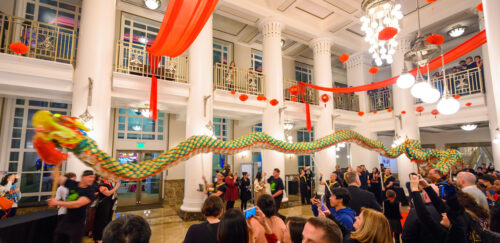
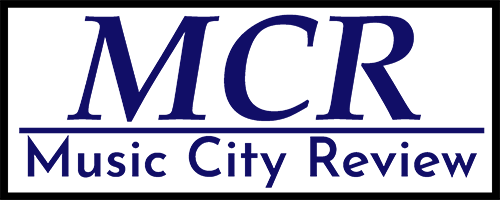

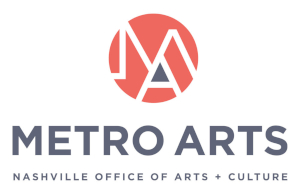
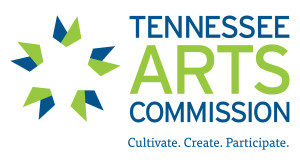
I love your review. I attended last year’s Lunar New Year concert and it was great. I hate that I missed it this year.